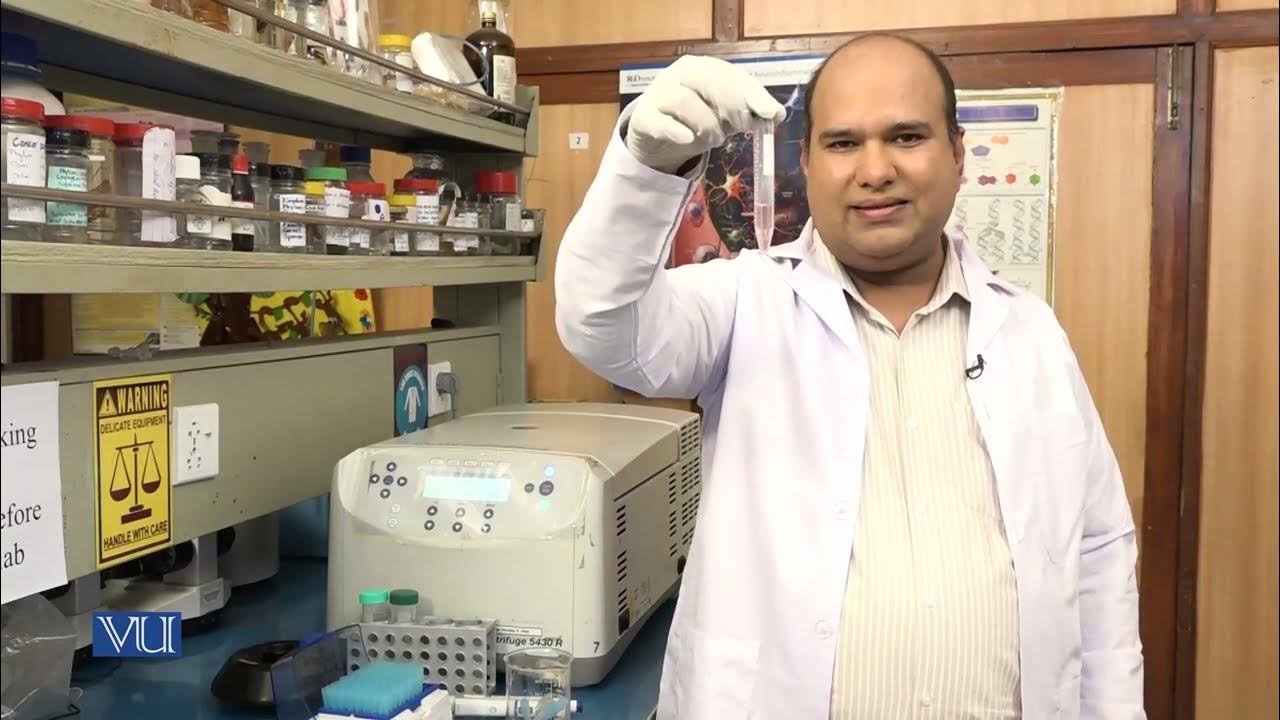Toma de Muestras para TCAE: Guía Completa (Tipos, Procedimientos y Bioseguridad)
Summary
TLDRThis video explains the proper procedures for collecting biological samples in medical and research settings. It covers the types of biological samples, such as blood, urine, tissues, and excretions, and outlines the correct methods for obtaining, handling, and storing these samples to ensure reliable results. The video also emphasizes the importance of biosecurity measures, such as proper use of personal protective equipment (PPE), avoiding contamination, and managing hazardous waste. Following these protocols ensures the safety of both healthcare workers and patients while maintaining the integrity of diagnostic results.
Takeaways
- 😀 Biological samples are any materials taken from a living organism for diagnostic, research, or health control purposes.
- 😀 Proper handling of biological samples is critical to ensure reliable results and avoid biological risks to patients and healthcare staff.
- 😀 Biological samples can be classified into three categories: biological fluids, tissues/cells, and excretions/secrections.
- 😀 Common biological fluids include blood, urine, cerebrospinal fluid, and semen, each used for specific diagnostic tests.
- 😀 Tissue and cell samples, such as biopsies and vaginal cytologies, are essential for detecting conditions like cancer.
- 😀 Excretions and secretions like feces, sputum, and wound exudates are analyzed for infections, parasites, and other conditions.
- 😀 Sample collection requires correct material preparation, patient identification, and proper labeling to avoid errors.
- 😀 Different types of samples require specific collection procedures, such as venipuncture for blood or sterile containers for urine.
- 😀 Biosecurity measures, such as wearing gloves, using sterile materials, and disinfecting collection areas, are essential to prevent contamination.
- 😀 Samples must be handled and preserved properly after collection to maintain their integrity, with specific temperature and storage requirements.
- 😀 Proper waste disposal and the use of appropriate protective equipment (PPE) are vital in managing the biological risks associated with sample collection.
Q & A
What is a biological sample?
-A biological sample is any material extracted from a living organism for diagnostic, research, or health control purposes.
What are the different types of biological samples mentioned in the script?
-The script mentions three main categories: biological fluids, tissues and cells, and excretions or secretions.
Can you explain the importance of correctly handling biological samples?
-Correct handling is crucial to ensure reliable results and to prevent biological risks to both patients and healthcare personnel.
How should blood samples be collected?
-Blood samples are typically obtained through venipuncture using a syringe or vacuum system, and it's important to follow the correct sequence of tubes to avoid contamination.
What are the proper storage and transportation conditions for urine samples?
-Urine samples should ideally be analyzed within 2 hours of collection. If that's not possible, they must be refrigerated at 4°C for up to 24 hours.
What precautions should be taken when collecting biological samples?
-It's essential to use sterile materials, disinfect the collection site, and inform the patient about the procedure to ensure proper collaboration and avoid errors.
What biosecurity measures are recommended during the collection of biological samples?
-Biosecurity measures include wearing appropriate personal protective equipment (PPE), using sterile materials, disinfecting collection areas, and practicing proper hand hygiene.
Why is it important to use sterile materials when collecting biological samples?
-Using sterile materials prevents cross-contamination and ensures the integrity of the sample for accurate testing, especially in microbiological analyses.
What is the recommended storage condition for semen samples used in fertility tests?
-Semen samples for fertility tests should be kept at 37°C and delivered within one hour of collection.
How should biological waste be disposed of?
-Biological waste should be disposed of according to its category: non-risk biological waste in urban waste bags, risk biological waste in red bags, and sharp objects in yellow containers.
Outlines

Cette section est réservée aux utilisateurs payants. Améliorez votre compte pour accéder à cette section.
Améliorer maintenantMindmap

Cette section est réservée aux utilisateurs payants. Améliorez votre compte pour accéder à cette section.
Améliorer maintenantKeywords

Cette section est réservée aux utilisateurs payants. Améliorez votre compte pour accéder à cette section.
Améliorer maintenantHighlights

Cette section est réservée aux utilisateurs payants. Améliorez votre compte pour accéder à cette section.
Améliorer maintenantTranscripts

Cette section est réservée aux utilisateurs payants. Améliorez votre compte pour accéder à cette section.
Améliorer maintenant5.0 / 5 (0 votes)






